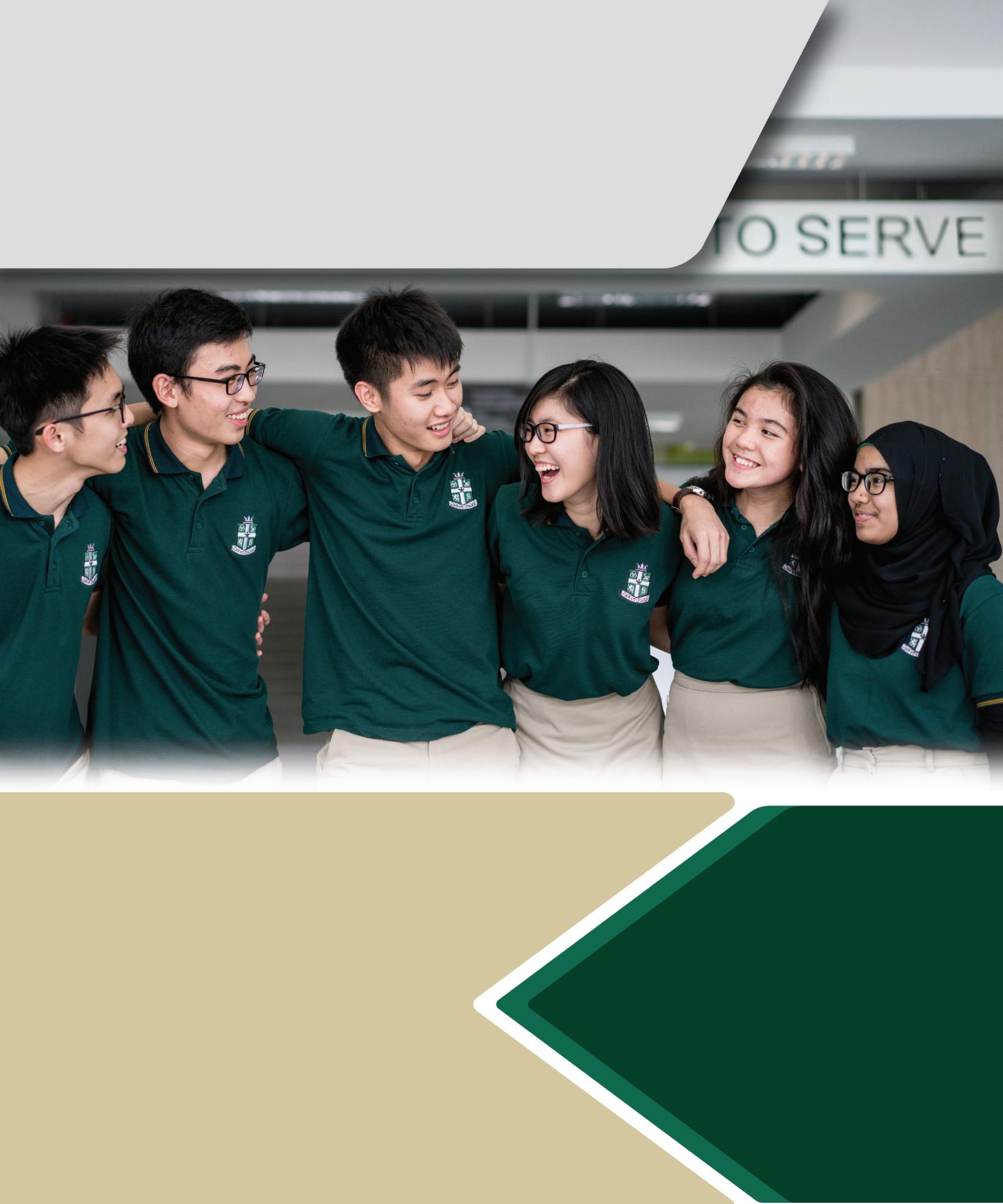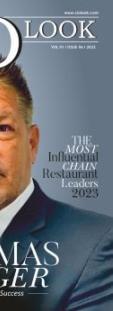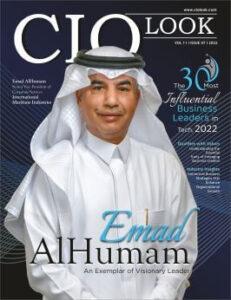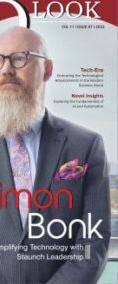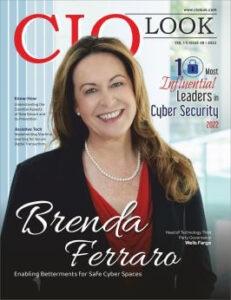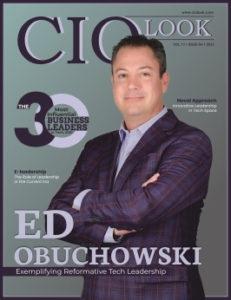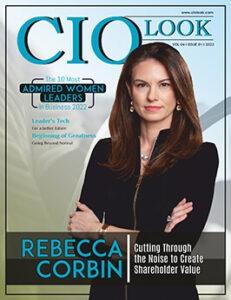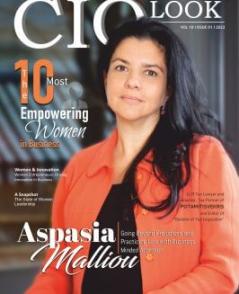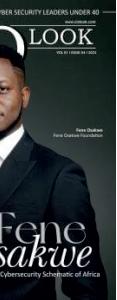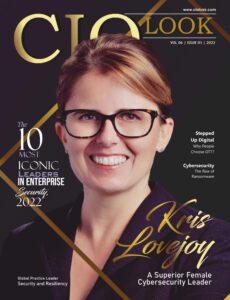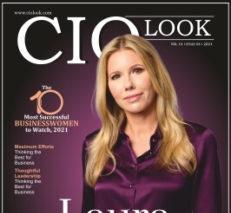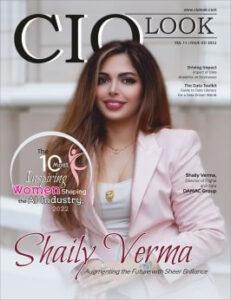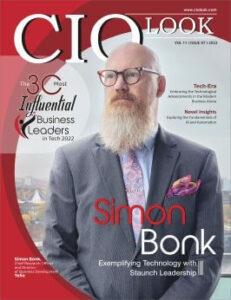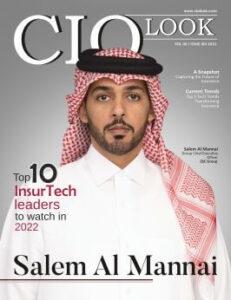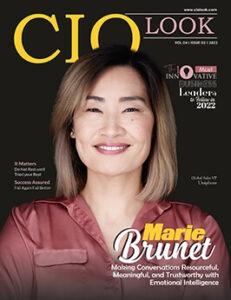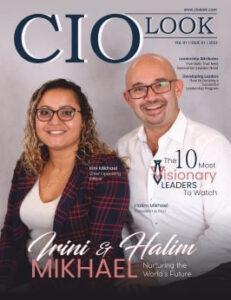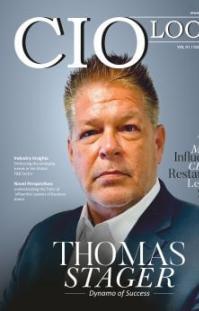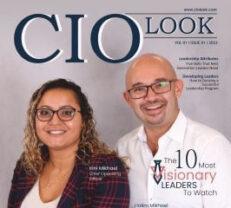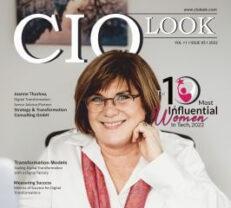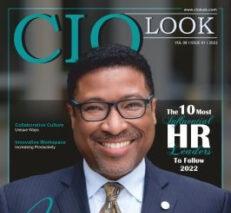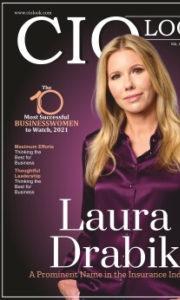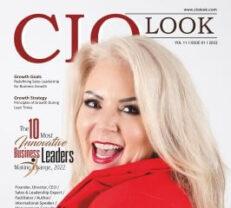From Waste Management to Wellness
How to Create an Eco-Friendly Pet Environment?
Tailored Tranquility
How to Embrace a Minimalist Pet Lifestyle?


From Waste Management to Wellness
How to Create an Eco-Friendly Pet Environment?
Tailored Tranquility
How to Embrace a Minimalist Pet Lifestyle?

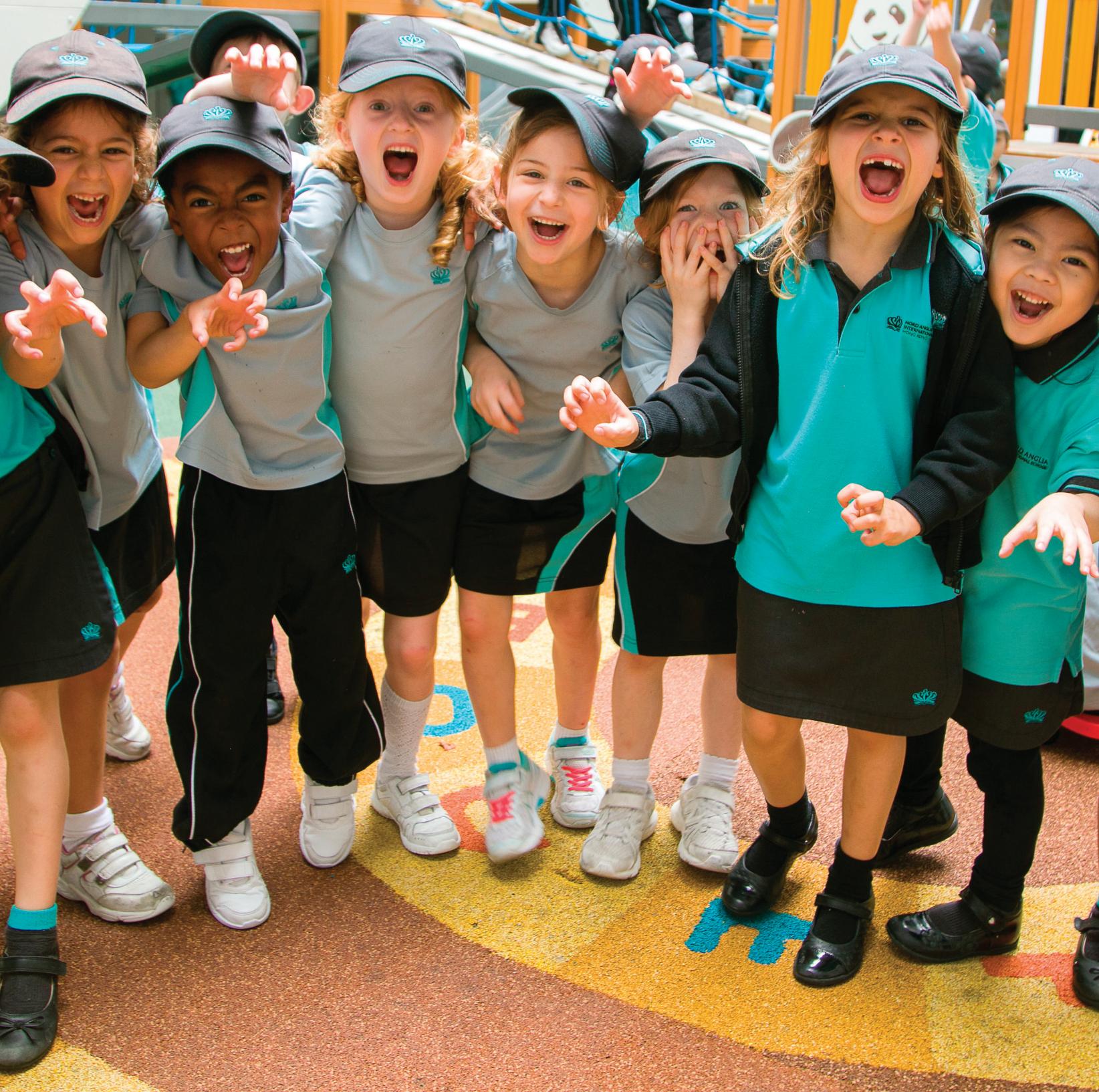




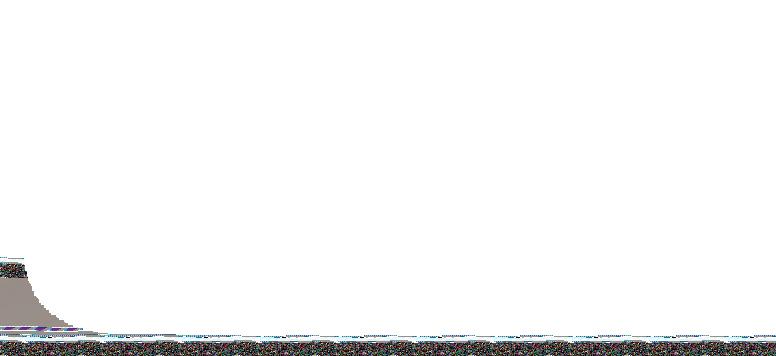


Inaworldwherepetsarevaluedasbelovedmembers
ofthefamily,socialmediahasbecomeapowerful platformforsharingexperiences,knowledge,andthe everydayjoysoflifewithanimals.Amongthemany dedicatedpetownerssharingtheirjourneysonline, RichardC.Larsonstandsoutforhisgenuinecompassion towardanimalsandhisremarkablecontributionstoglobal educationandpublicservice.Hispresencecaptures attentionforalltherightreasons,reflectingalife committedtoempathy,impact,andlifelonglearning.
CIOLookinitsrecenteditiontitledTheBestPetOwner toFollowin2025,highlightsthecontributionofLarson whohasspentoversixdecadesblendingmathematical rigorwithhuman-centeredimpact.Apioneerinoperations research,hetransformedemergencyresponselogisticsand championedequitableSTEMeducationworldwide. Knownas“DoctorQueue”forhisinsightsintowaiting

psychology,Larsonlaterrevolutionizedlearningthrough educationaltechnologyinitiativeslikeMITBLOSSOMS andLINC.Hisworkspansresearch,mentorship,and globaloutreach,improvingsystemsthatservepeople.
Beyondtheclassroomandresearchlabs,Larson’svalues areevidentinhisdailylife,wherehisdeepbondwith animalsreflectsabroaderphilosophy.Hebelievesthat kindness,whethershowntopeopleorpets,isessentialto meaningfulprogress.AtthecoreofLarson’slasting impactisaclearandpowerfulconviction:intellectmust bepairedwithempathy,andtruesuccessismeasuredby howmuchweimprovethelivesofothers,bothhumanand animal.Hislegacyreflectsaprofoundtruth:thegreatest advancementsemergenotjustfromsolvingequations,but fromsolvingforhumanity.
Haveagreatreadahead!
Bridging Knowledge and Kindness: The Lifelong Learning Odyssey of

16 20
From Waste Management to Wellness
How to Create an Eco-Friendly Pet Environment?
Tailored Tranquility
How to Embrace a Minimalist Pet Lifestyle?
C O N T E N T S


CONTENT
Deputy Editor Anish Miller
Managing Editor Prince Bolton DESIGN
Visualizer Dave Bates
Art & Design Director Davis Mar�n
Associate Designer Jameson Carl SALES
Senior Sales Manager Wilson T., Hunter D.
Customer Success Manager Collins J.
Sales Execu�ves Tim, Smith
TECHNICAL
Technical Head Peter Hayden
Technical Consultant Victor Collins


WE ARE ALSO AVAILABLE ON
Research Analyst Eric Smith
SEO Execu�ve Alen Spencer
CONTACTUSON
Email info@ciolook com For Subscrip�on www.ciolookmedia.com
Copyright © 2025 CIOLOOK, All rights reserved. The content and images used in this magazine should not be reproduced or transmi�ed in any form or by any means, electronic, mechanical, photocopying, recording or otherwise, without prior permission from CIOLOOK. Reprint rights remain solely with CIOLOOK. FOLLOWUSON www facebook.com/ciolook www.twi�er.com/ciolook
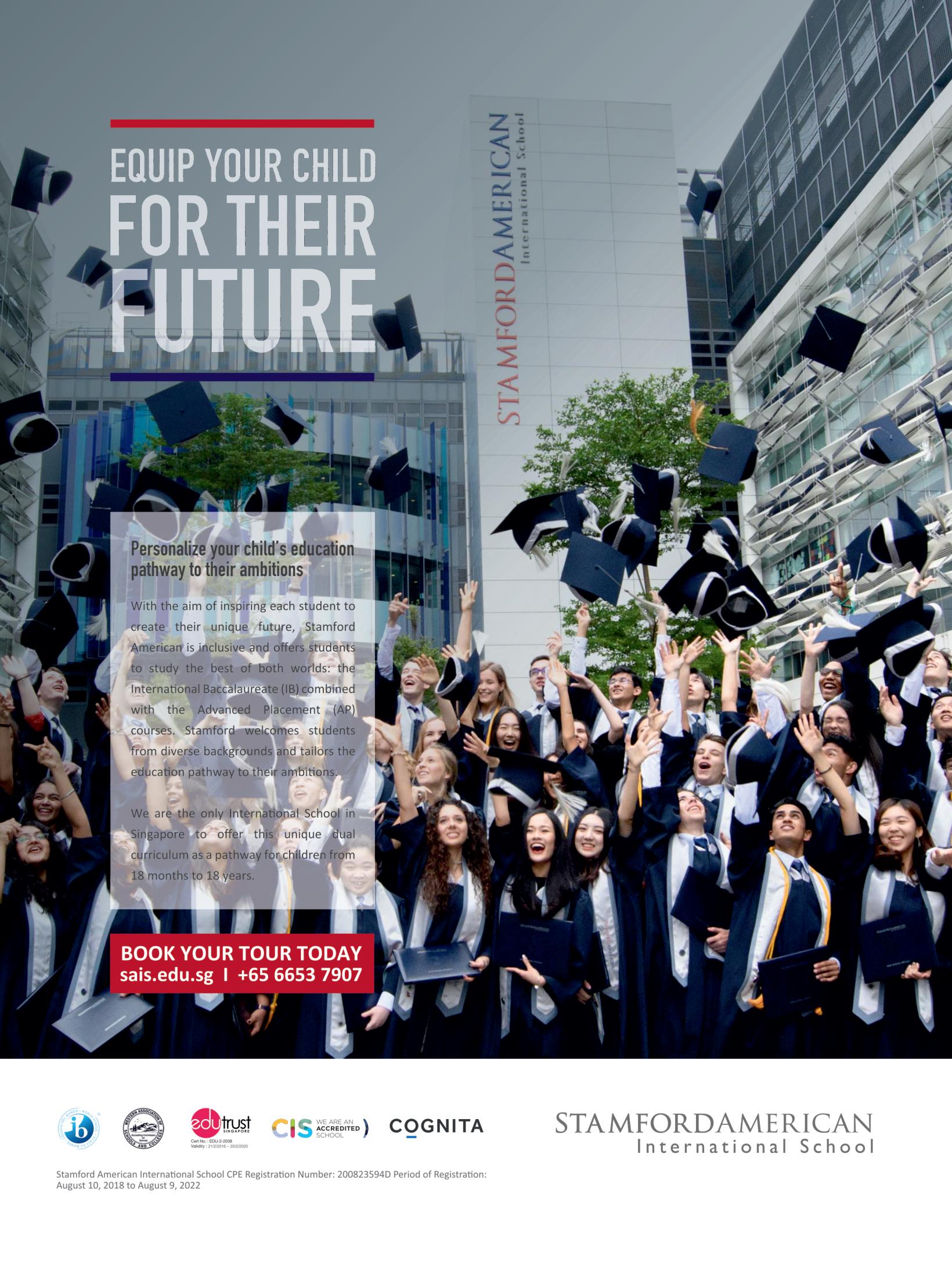


If I’m remembered as someone who cared and helped make the world a little better by listening, learning, and teaching—that’s enough. “
Richard Larson Professor MIT
C O V E R S T O R Y

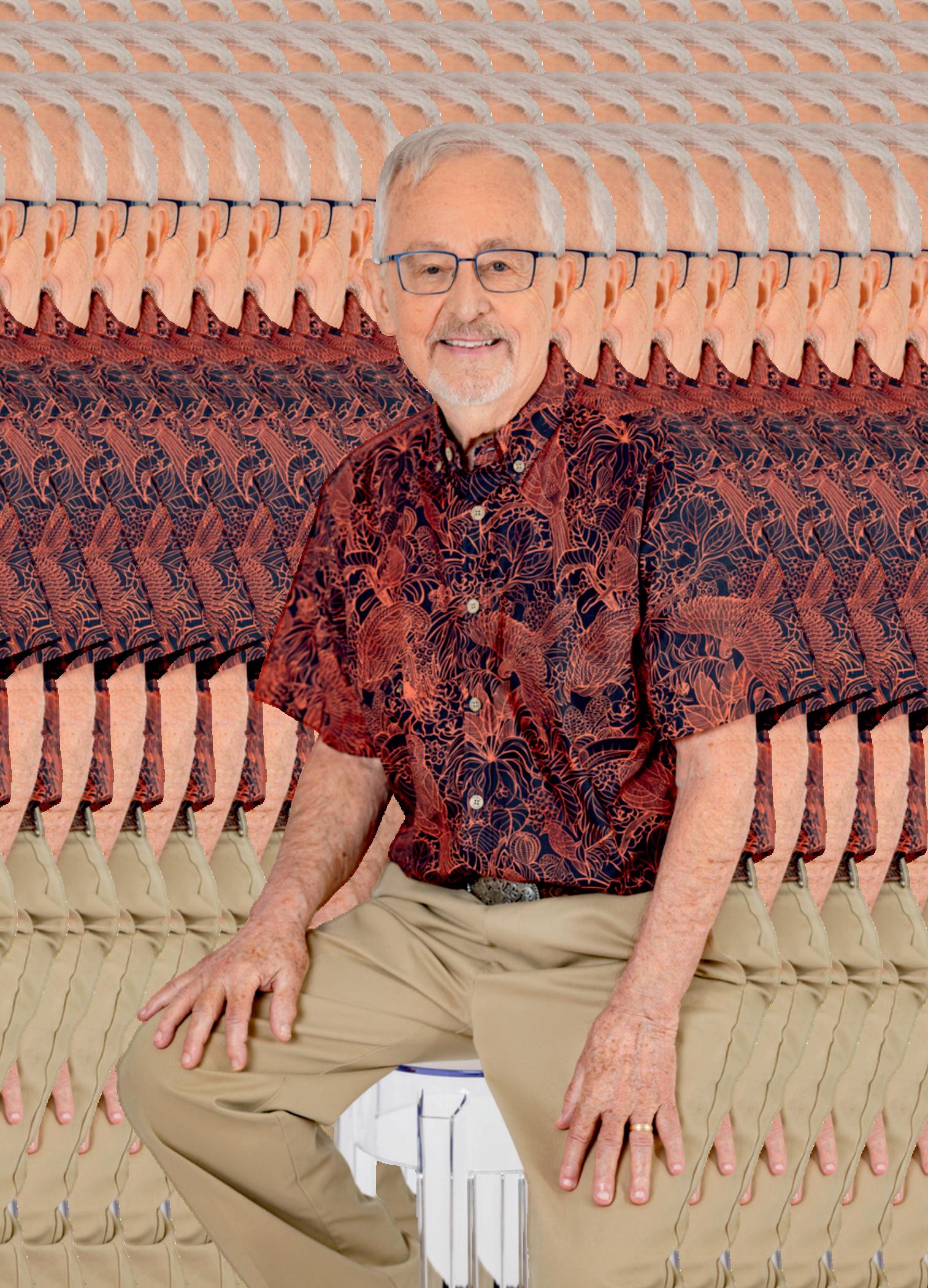
In the fast-changing world of today—characterized by
technological advancement, globalization, and rising demands for fair education the blend of human wisdomandmathematicalaccuracyisamust.Atitsforefront is Operations Research (OR), an academic discipline that emerged from war-time problem-solving and now unbeknownst to many, is transforming key systems in healthcare, emergency response, and worldwide education. OperationsResearchisthescienceofmakingbetterchoices, usingtoolssuchasprobability,statistics,andoptimizationto address problems of limited resources and conflicting priorities. But beyond equations, its greatest strength comes frommakinglivesbetterthroughmoreproductive,fairer,and people-centeredsystems.
FewhavelivedthispurposemorefullythanMITProfessor Emeritus Richard C. Larson For more than six decades, Larson has revolutionized emergency response logistics, broadened queueing theory research, and advocated for STEM education for underprivileged children globally. Nicknamed"DoctorQueue"forhisgroundbreakingresearch onwaitinglines,andaninnovatorineducationaltechnology, Larson's life combines hard data with abiding compassion, combiningmath,meaning,andmission.
FromtheClassroomtotheWorld:DiscoveringaPassion forTeaching
Larson's path started not as a professor but as a teaching assistant while pursuing his applied mathematics graduate work at MIT. Assisting undergraduates understand
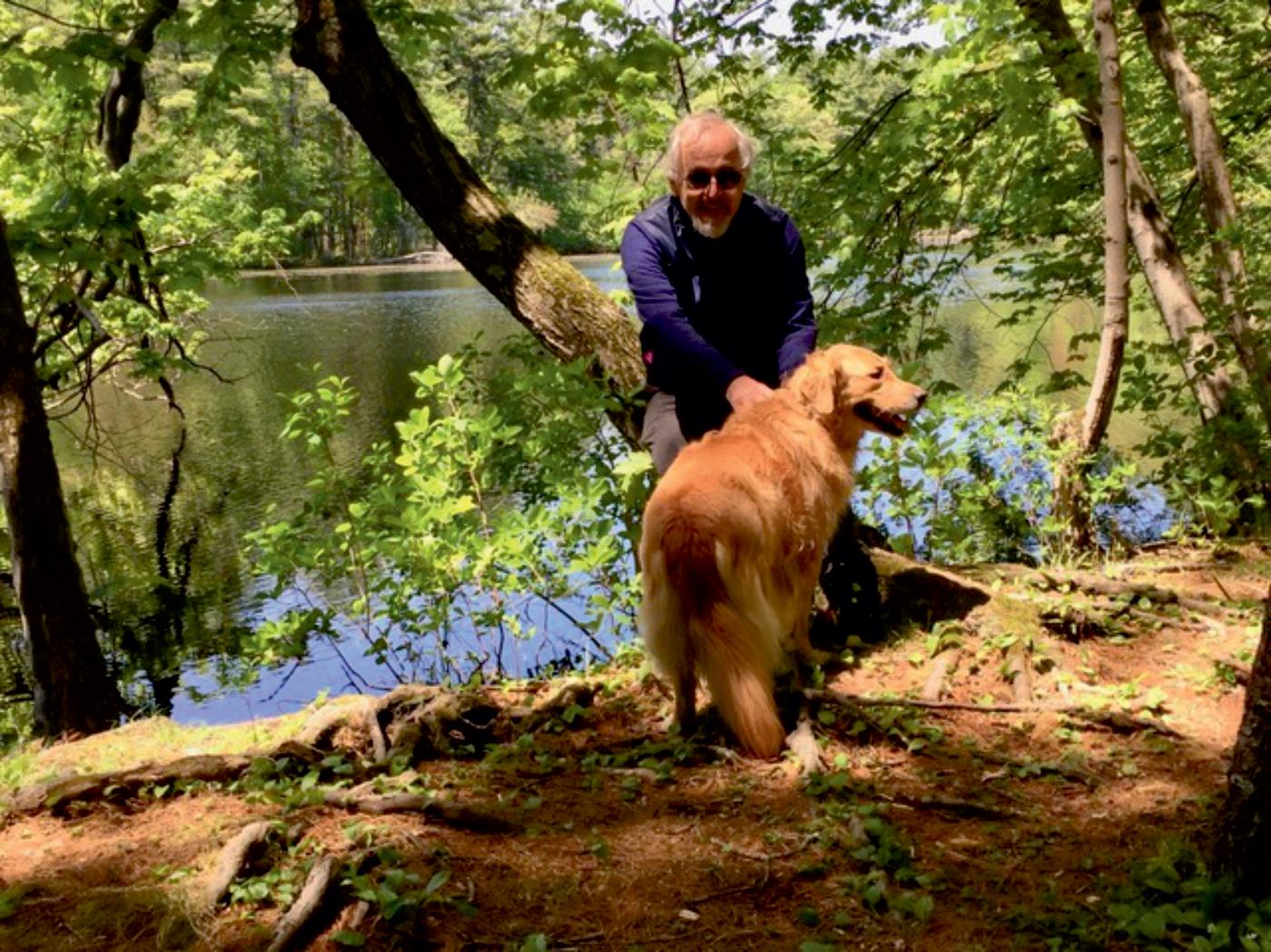
abstractions,hefoundhistruepassion:teaching."Nothing is better than watching a student's eyes light up after wrestling with a problem," he remembers. "That epiphanic moment shared never grows old."ForLarson,educationisanongoing treasure."Unlike property, education is yours to keep forever. Itemancipatesyoufrompoverty—ofwalletandimagination."
Thisbeliefhasunderpinnedallhisactivities.
Larson became a public figure in the 1960s when he was involved with the RAND Corporation in simulating emergencyservices.HisNewYorkCitystudiestransformed police, ambulance, and fire company deployment, and lives were literally saved through his models due to faster, more effective responses. This work led to his induction into the NationalAcademy of Engineering for his "development and application of operations research methods for public and private sector service industries." Larson's unusual talent is for combining strict mathematics with real-world societal gain.
While respected academically, Larson became a household name through his witty, relatable insights on a universal frustration—waitinginlines.Hisnickname“Doctor Queue” reflectsdecadesstudyingqueueingtheory,themathematicsof bottlenecksanddelays.Hismaindiscovery?Thepsychology of waiting frequently trumps the wait itself. In stories and interviews, Larson detailed how impressions of equity, transparency, and distraction influence our experience "People would rather wait 10 minutes if they can see what's going on than 5 minutes in the dark. It's not time—it's trust," hesaid.
Larson moved in the 1990s from queues to classrooms. As DirectorofMIT'sCenterforAdvancedEducationalServices (CAES),hewasaleaderineducationaltechnology(EdTech), whichhebelievedcouldtakegreatteachingbeyondthehighend universities. That enthusiasm led to MIT BLOSSOMS (BlendedLearningOpenSourceScienceorMathStudies),a
free,interactivewebplatformofvideolessonsco-developed byeducatorsacrosstheglobe.Followinghisexperienceata Chinese village school, Larson envisioned lessons more active than lectures incorporating pauses to allow for discussiontoengageteachersandstudents.
Now, BLOSSOMS is accessed by students in dozens of nations, particularly where STEM education is limited Larson's legacy continues to inspire from the idea that curiosityshouldbeignited,notjustbrought.
Not satisfied with creating content in isolation, Larson establishedtheLearningInternationalNetworksConsortium (LINC) in 2002 The global network brings together educators, policymakers, and practitioners in more than 25 countries to exchange the ways that technology can bridge geographicandeconomicdivides.LINCismorethanaseries ofconferences—it'samovementdedicatedtoglobalaccessto high-qualityeducation.WithLarsonatthehelm,in2009MIT collaborated with the Government of Punjab, Pakistan, incorporatingBLOSSOMSintopublicsecondaryschoolsas part of a "Technology-in-Schools" program, with tangible real-worldeffects.
AScholarandaStoryteller
Larsonwrotemorethan175researcharticlesandsixbookson e-learning, operations research, and public policy His work hasimpactedschoolsystems,smartenergygrids,emergency services,andhomeelectricitymanagement.Butmorethanhis intellect, Larson's most lasting impact is the students he guided many of whom became accomplished leaders themselves. Down-to-earth and plainspoken in his style, Larson preferred discussing baseball to boasting academically, thus endearing himself in and out of the classroom.
ThePersonalSide:ALifeofLove,Pets,andPurpose
Despite professional success, Larson’s life has known deep personalloss.HewasmarriedtoMaryElizabeth(Liz)Murray for 43 years until her passing in 2022, describing their marriageashislife’sfoundation.Bothlovedanimals.Raised
“
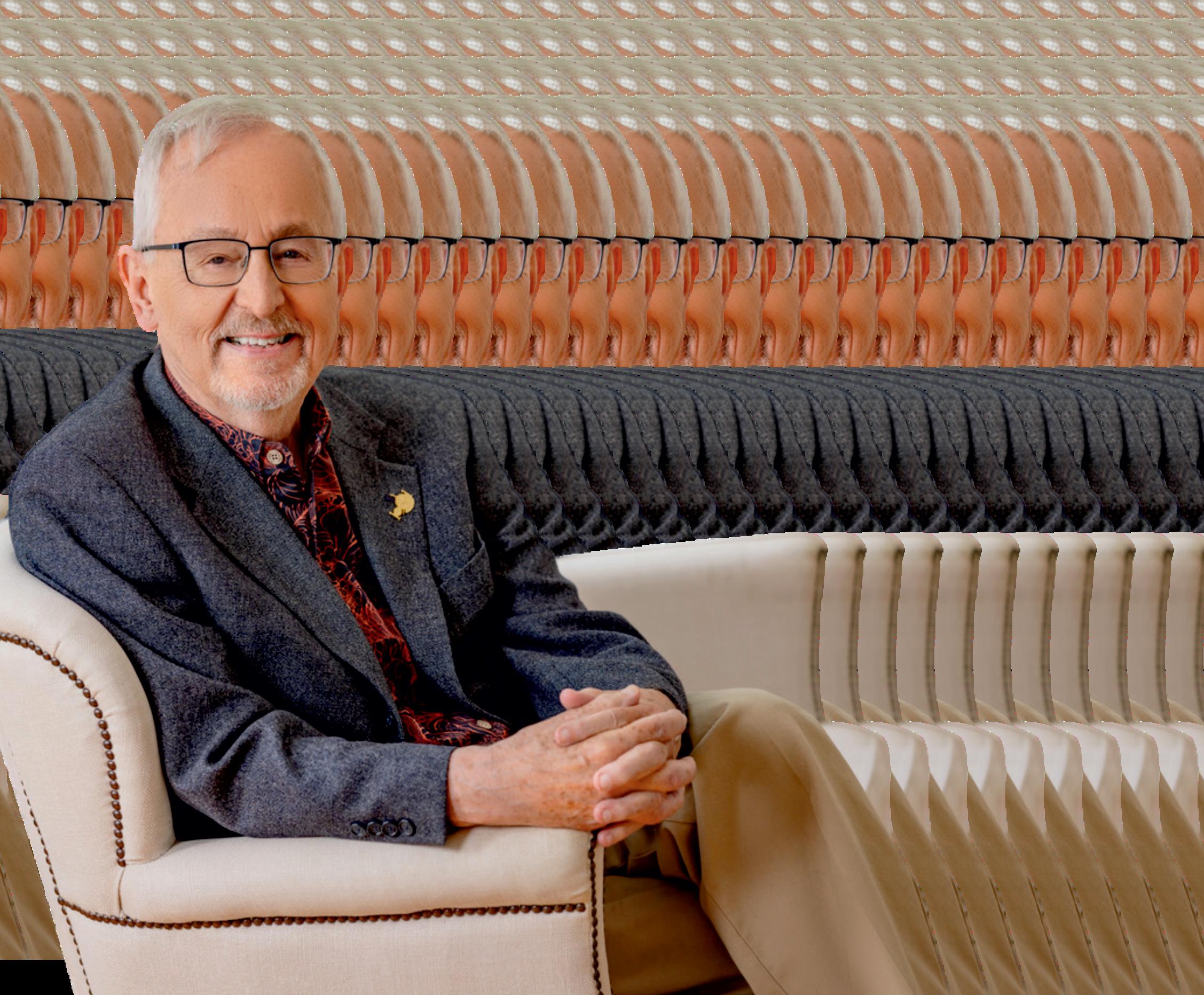
People
would rather wait 10 minutes if they see what’s happening than 5 minutes in the dark-it’s not time-it’s trust.”
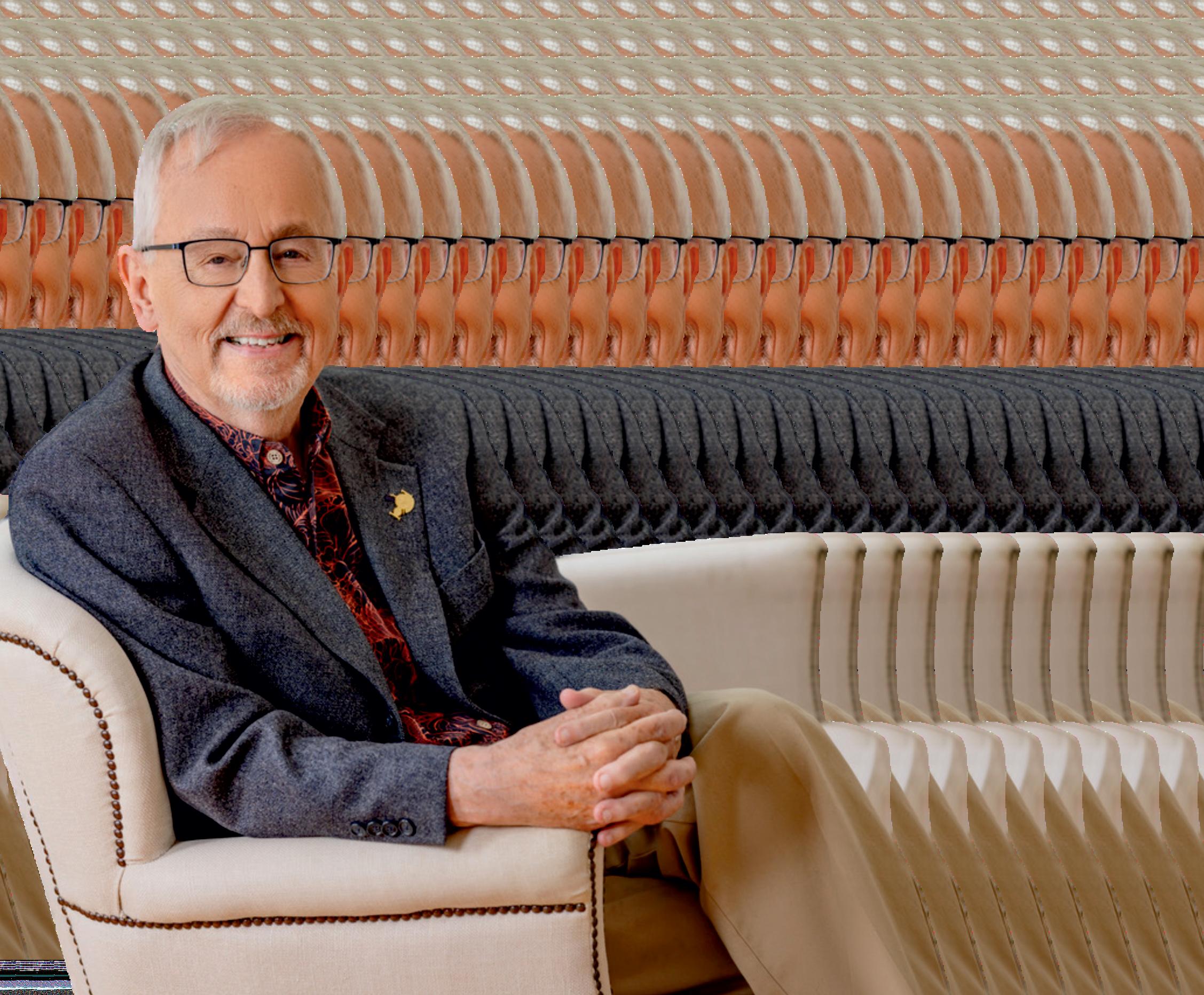
withdogsandcats,LarsonnowshareshishomewithMaisie, a golden retriever who accompanies him on morning walks through Massachusetts woods—moments he cherishes for reflection.
“Petsofferunconditionallove,”hesays.“Theyputthingsinto perspective.”Hiskindnessextendstocolleaguesandstudents alike,practicing“servantleadership”—aphilosophycentered onlisteningandservingothers.Libertarianvaluesemphasize freedom with responsibility, shaping his academic and personalinteractions.
Larson's legacy is threefold: a leader in the application of operations research to real-world problems, an innovator in educational technology, and a tireless champion of equal access to learning. What distinguishes him is his refusal to divideintellectfromempathy AtMIT,hisoperationsresearch course became legendary He taught not just formulas, but critical thinking about systems that impact lives, weaving storiesfromhisemergencyresponseandeducationalworkto bringmathalive.
His optimization models remain in use today, helping cities dispatch emergency vehicles faster, hospitals reduce wait times, and airports smooth bottlenecks—where delays can meandanger
Larson's vision was worldwide LINC constructed an international community committed to applying technology to close educational divides between North American metropolitan centers and African and Asian rural schools. BLOSSOMS lessons in India have been adopted in government curricula, reaching thousands who would otherwise be deprived of quality STEM education. Larson insistedontailoringlessonstoregionalcontextsandengaging studentsinactivelearningoverpassivelistening.
This international reach indicates Larson's conviction that educationisaninherenthumanrightandsocialmobilityand developmentcatalyst.
While embracing technology, Larson is aware of its limitations.Hecautionsagainstdependenceonpassivemedia orsocialmediasitesthatdonotactivelyengagelearners.The "digital divide" is still an obstacle, with unreliable internet andlimiteddeviceshinderingaccess.Hisansweris"blended learning," where digital resources are married with live instruction to promote collaboration, not isolation BLOSSOMS demonstrates this with inherent discussion interludesempoweringteachers.
Larson recommends continuous research to quantify digital learning's success and modify policies as technologies change.
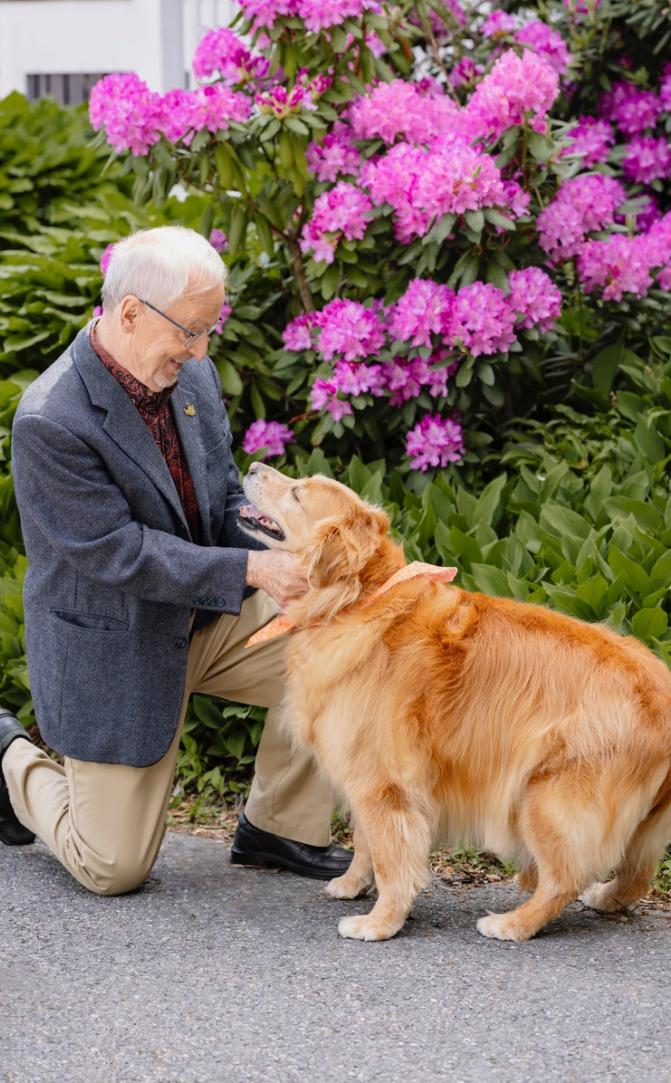
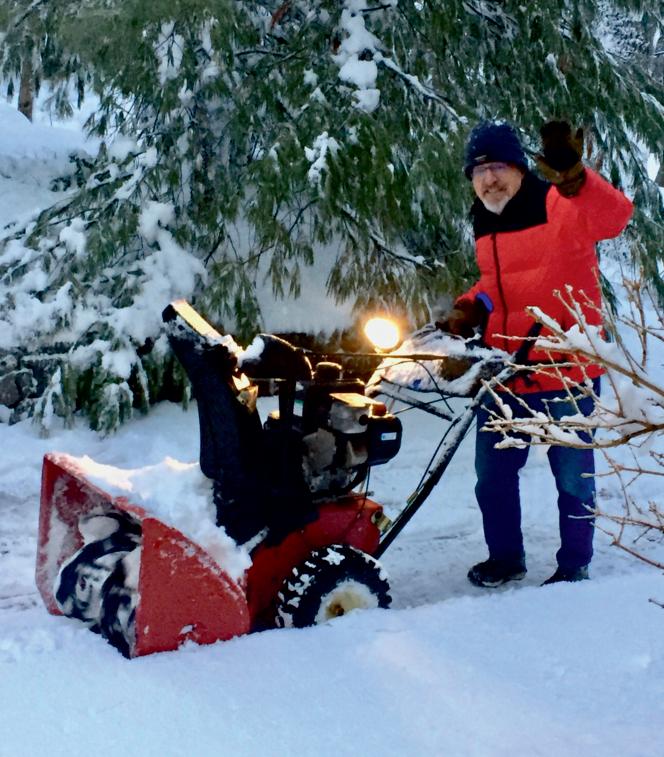
Larson'scareerhasreceivedmanyaccolades:
• InductionintotheNationalAcademyofEngineeringfor leadershipinORmethodsappliedtoserviceindustries.
• INFORMSFellowforlifetimeachievement.
• The George E Kimball Medal for distinguished professionalservice.
• Numerous Educator of the Year awards for creative teaching.Theseawardsnotonlyacknowledgetechnical excellence but Larson's lifetime commitment to public serviceandthepublicinterest.
NumerousstudentsofLarsonhavepursuedinfluentialcareers in academia, the federal government, and industry They rememberhiswarmthasaperson,support,andinsistenceon relating theory to practical improvement. Former graduate studentDr.LauraRosenthalattributeshimwithmoldingher innovative work in healthcare operations: "He taught me to solve problems to improve real lives. His kindness was contagious."
OperationsResearchmayappearabstract,yetLarson'sbook reminds us that each formula has an accompanying human story.Hisemergencyresponsemodelshelpedsavelives;his queueing research alleviated everyday frustrations; his educationalinitiativesopeneddoorsfortensofthousandsof children. He frequently tells anecdotes about individuals assistedbyhisresearch—dispatchersgettingwheretheywere goingmorequickly,studentsfeelingmoreconfident,families receivingbetterservices—illustratingtheheartofthescience.
Today in his 80s, Larson is intellectually active. He sees the future of learning as lifelong, combining technology and empathy.
He emphasizes teaching " " learning how to learn skills—criticalthinking,flexibility,workingwithothers—to equipindividualswiththeabilitytoadapttochange.
Larsonbelievesfutureeducatorscanexpandonhislegacyto developinclusive,effective,andempoweringsystems,where technology complements rather than diminishes human connection.
RichardC.Larson’sstorytranscendsacademicachievement andinnovation.It’saboutfusingintellectwithheart,datawith dignity From his first classroom moments to global educational outreach, Larson exemplifies how rigorous scholarshipcanservehumanity
Asked how he hopes to be remembered, he smiles: “If I’m remembered as someone who cared, who helped make the world a little better by listening, learning, and teaching—that’senough.”
In a quick, impersonal era, Larson's existence is a strong reminder:thelongest-lastingcontributionsreconcilelearning andcompassion.
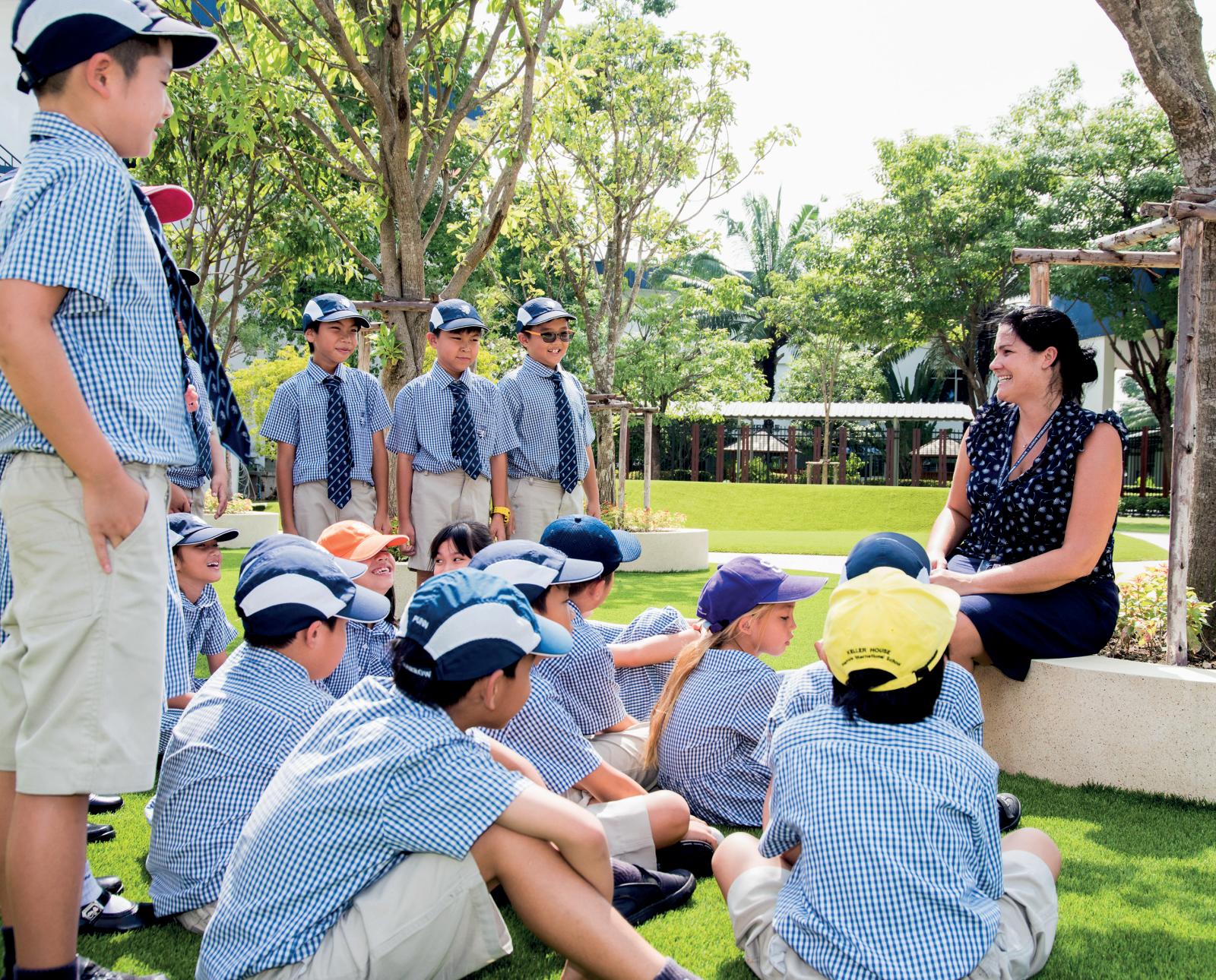

In the face of growing environmentalconcerns, creating
an eco-friendly lifestyle is more than a trend—it’s a necessity As pet ownership becomes increasingly common,it’simportantforresponsiblepetparentstoextend sustainable practices to the care of their animals. Pets can bequeath a lasting environmental legacy in terms of food consumption, waste production, and accessory usage. Fortunately, through dedication and careful choices, it's completely possible to build an eco-friendly pet area that benefits the world and your pet's well-being as well Transitioningtoagreenerpetlifestylenotonlyminimizesthe carbon footprint but also contributes to a healthier, more fulfillinglifeforyourpet.
One of the easiest things to do to start building a green pet spaceistoselectproductsthataremadewithsustainabilityin mind.Mosttraditionalpetproducts—whethertoys,bedding, orcollars—areplasticorman-madeproductsthatnaturehas difficultydegrading.Optingforproductsmadefromnatural, recycled, or organic materials is a good starting point Bamboo, hemp, or recycled cotton toys and accessories are not only longer lasting but also healthier for pets since they containfewerpoisonouschemicalsanddyes.
Aside from toys and accessories, use environmentally friendly solutions as well when it comes to grooming and cleaningproducts.Biodegradablepetcleanersandshampoos are typically packaged in recyclable materials and free of leaching chemicals into waterways. Their buy helps reduce yourenvironmentalfootprintwhileprotectingyourpetsafely chemicallyfromtoxinsthataresuretohaveanegativeeffect ontheiroverallhealth.Yourbuyalsoencouragesecologically conscious businesses that support ethical sourcing, animal testingthatisfreefromcruelty,andenvironmentallyfriendly production.


Pet food production is among the key drivers of environmental degradation from farming resource use, packaging, and transportation More sustainable action begins with the selection of pet food that is produced on the basis of responsibly sourced inputs. Organizations utilizing the utilization of organic or regional materials have lower environmental footprint, and many utilize the utilization of plant protein or insect protein as a means of reducing the carbonfootprinttypicallyassociatedwithconventionalmeat production.
Reducing packaging waste is another important consideration. Buying in bulk or packaging pet food in recyclable or compostable materials cuts down on plastic waste immensely. Another choice is making your own pet treats or food when possible, utilizing fresh, locally sourced ingredients. While it is advisable to seek the opinion of a veterinarianorpetnutritionistforaguaranteethatyourpet's nutritional requirements are fulfilled, this tradition means morecontroloveringredientsandwastefrompackaging,thus promotingagreenerlife.
Pet waste is a chief cause of environmental pollution, especiallyinurbanareas.Dogandcatfecescontaindiseasecausingpathogensthatwilltaintwaterandsoilifnotdisposed of in a sanitary manner Plastic poop bags and clay cat litter contribute to the weight of landfills and environmental pollution. To reduce its impact, use biodegradable or compostablegarbagebagsmadefromorganicplantmaterial and not petroleum-based plastic. These processes degrade quickerandhaveareducedecologicalimpact.
Forcatowners,theshifttoaneco-littercomposedofrecycled paper,corn,orwoodshavingsisasignificantstep.Theyareall biodegradable, less environmentally degrading to manufacture, and overall healthier for your cat's paws. Composting pet waste, while not practical for all types of wasteorweatherconditions,isanotherwayofdecreasingthe landfillburden.Composting,however,needstobedonewith caution and best avoided for the meat refuse of carnivores unlesstherearespecialsystems.
Energy and water use are often ignored aspects of pet maintenance.Fromoperatingaquariumpumpstoconstantpet bedding washing, pets can indirectly influence home utility
use. To minimize the impact, utilize energy-efficient substitutes like aquarium timers or solar-powered heaters when suitable. For pet housing, provide adequate insulation andventilationsystemstominimizeheatingorcoolingneeds, especiallyforoutsideanimals.
Water conservation should also be attempted wherever possible. Wash your pet in a basin, not a running faucet or hose, and use water-saving grooming practices. Daily maintenanceandspot-cleaningofyourpet'sbedcouldreduce fullwashesandconservewater Smallchangesinbehavior,if practiced consistently, can have a tremendous impact on the environment without having a detrimental effect on the comfortandcleanlinessofyourpet.
Acreationofaneco-friendlypetspaceisamulti-facetedtask of attitude and habit change. From responsible purchasing decisions to clean energy waste management and energy efficiency,eachactionhelpstopreservetheenvironment.As petowners,theyhavetheuniquebenefitofbeingabletomake a positive contribution to the environment without compromisingonanimalwelfareorhappiness.Byembracing sustainable practices, you’re not only advocating for the healthofyourpetbutalsocontributingtoabroadercultureof environmentalresponsibility

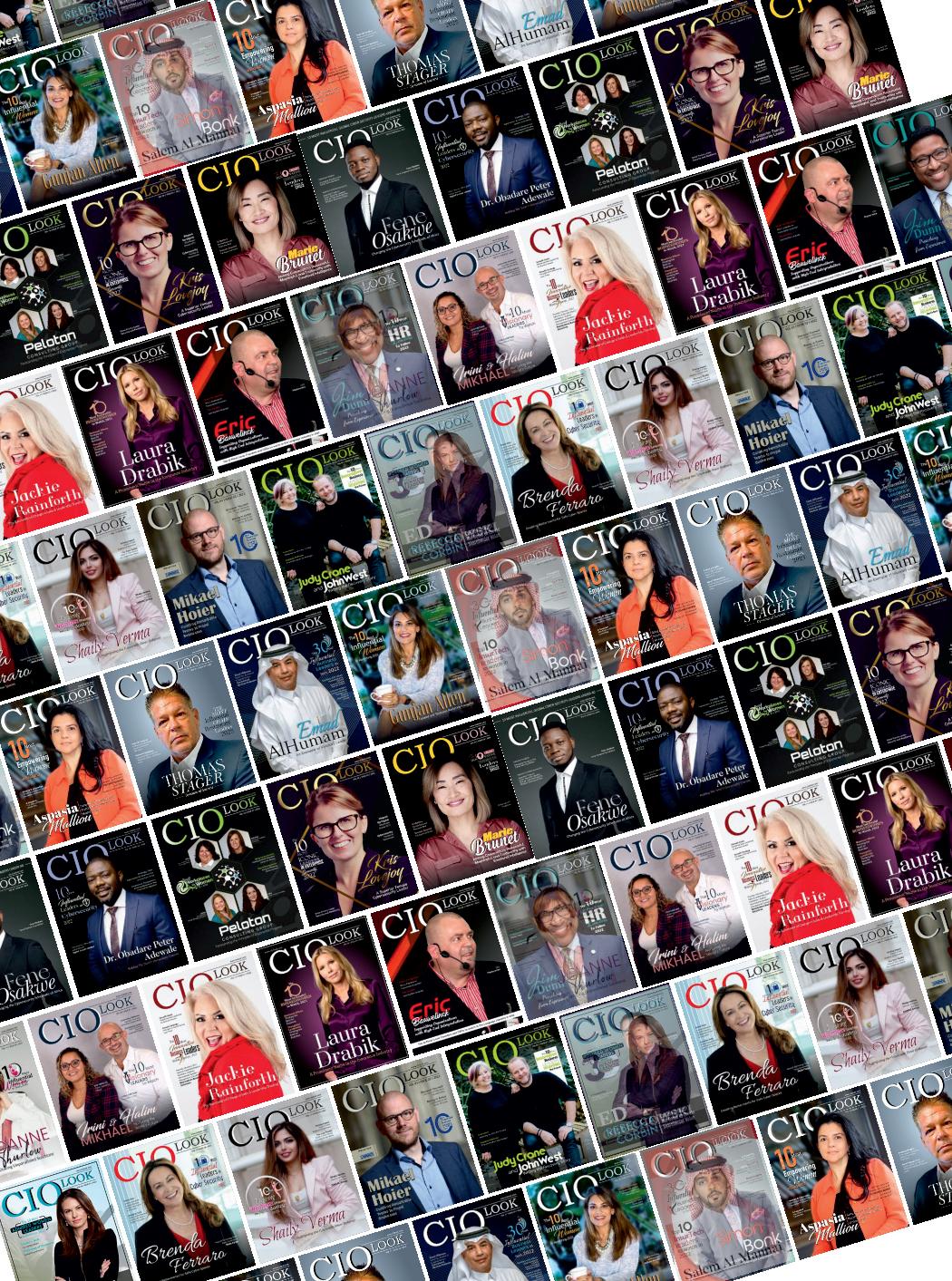
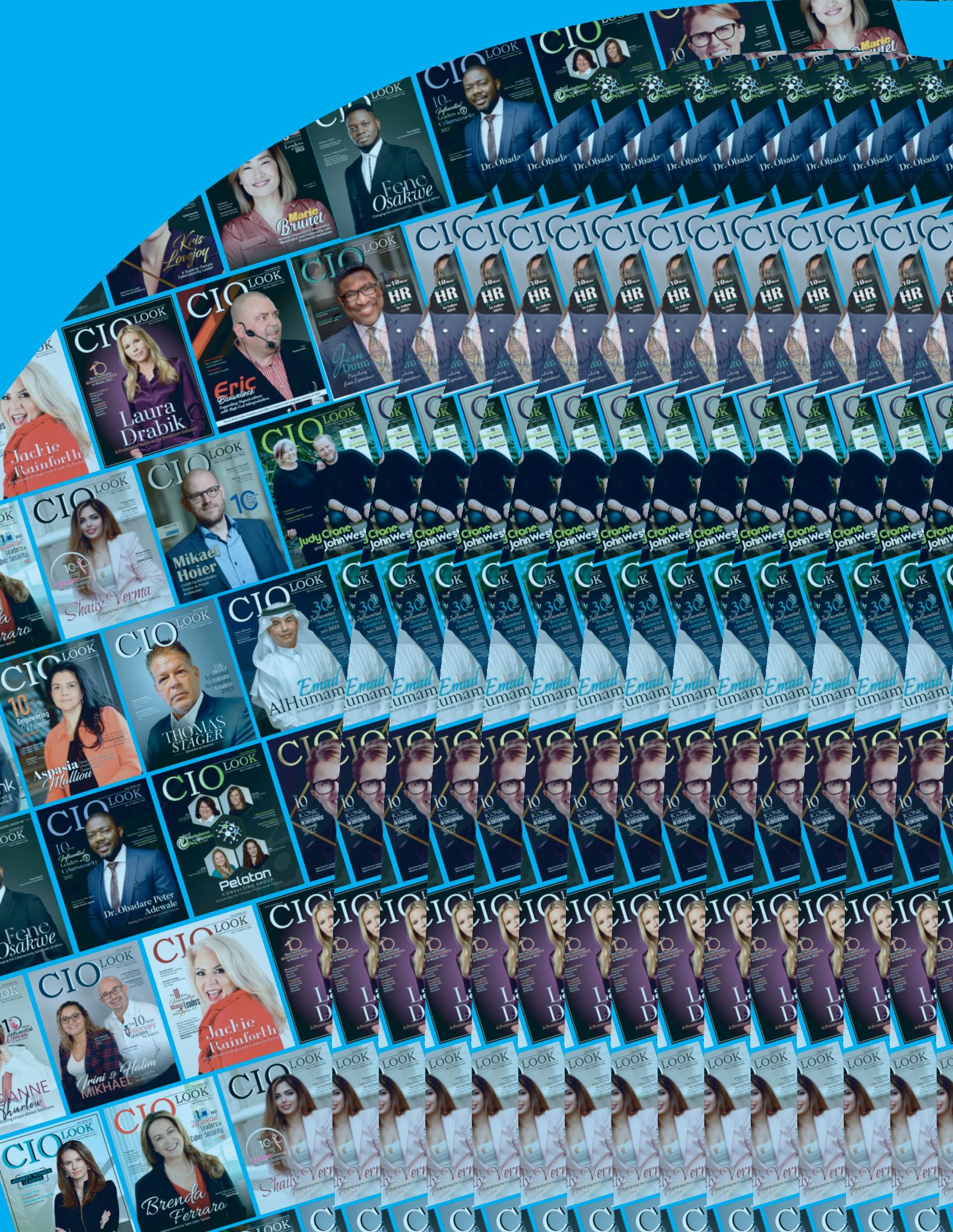





Intoday’sfast-pacedworld,manypetownersare
turningtominimalismnotjustintheirownlives but also in how they care for their beloved animals.Embracingaminimalistpetlifestylemeans simplifying the essentials while maintaining the health, happiness, and well-being of pets. This approachemphasizesqualityoverquantity,reducing clutter,unnecessarypurchases,andfocusingonwhat truly matters for the pet’s care and comfort. By adoptingminimalistprinciples,petownerscancreate a harmonious living environment that benefits both themselvesandtheirpets.Minimalisminpetcareis notaboutneglectingneedsorcuttingcorners;rather, it is about intentional living and mindful consumption. It requires assessing what is truly necessary and beneficial for the pet’s physical and emotionalneeds,whileeliminatingexcessitemsthat maycontributetoclutterorconfusion.
This article highlights practical steps to embrace a minimalistpetlifestyleeffectively
Thefirststepinembracingaminimalistpetlifestyle is to identify and prioritize essential supplies that meet the pet’s fundamental needs. Essential items typically include food, water bowls, bedding, and appropriate toys for mental stimulation When selectingsupplies,optingformultifunctionalorhighquality items can reduce the need for multiple productsandensuredurability.Forexample,asingle well-designedpetbedcanreplaceseveralcheaper
alternatives, and a sturdy food bowl can last for years rather thanweeks.
Additionally, avoid impulsive purchases or buying pet productsbasedontrendsoraesthetics.Instead,focusonwhat yourpetgenuinelyusesandenjoys.Regularlyevaluatewhich itemsremainunusedorunnecessaryandconsiderdonatingor recyclingthem.Thismindfulapproachnotonlylimitswaste butalsohelpsmaintainacleanandorganizedlivingspacethat iscomfortableforbothpetandowner.
Feedingisacriticalaspectofpetcarethatcanoftenbecome overly complicated with the variety of options available. Embracing minimalism in nutrition means selecting highquality,balancedpetfoodthatmeetsyourpet’sdietaryneeds withouttheclutterofmultiplebrands,supplements,ortreats. Consulting with a veterinarian can help streamline this processbyidentifyingthebestdietforyourpet’sage,breed, andhealthconditions,thusavoidingunnecessaryextras.
Limiting the number of feeding accessories to just the essentials—suchasareliablebowlorfeeder—isanotherway tomaintainsimplicity.Automaticfeedersorslow-feedbowls can serve dual purposes by ensuring proper portion control andreducingmess.Byfocusingonstraightforward,nutritious meals and minimizing the number of feeding tools, pet owners can save time, money, and storage space while ensuringtheirpetsthrive.
Groomingisanessentialcomponentofpetcarethatbenefits fromaminimalistapproach.Insteadofpurchasinganarrayof groomingproducts,focusonafewbasic,high-qualityitems thatsuityourpet’sneeds,suchasareliablebrush,shampoo, and nail clippers. Regular grooming sessions, conducted consistently,reducetheneedforelaborateorlast-minutecare andkeeppetscomfortableandhealthy.
Minimalism in grooming also means establishing a routine thatfitseasilyintodailylife.Forexample,brushingyourpet’s coat regularly can prevent mats and reduce shedding, decreasing the need for extensive cleaning or professional grooming. By maintaining simple, routine grooming habits, petownerscansavetime,reducestressforthepet,andavoid theclutterofexcessivegroomingproducts.
Thelivingenvironmentplaysasignificantroleinaminimalist petlifestyle.Designatingaspecificareaforpetessentialssuch as food, bedding, toys, and grooming tools helps keep the home organized and reduces clutter Using storage solutions like baskets or bins can make it easy to maintain order and ensureeverythinghasitsplace.
Additionally, creating a calm and clutter-free environment contributes to the pet’s emotional well-being. Pets thrive in spaceswheretheyfeelsafeandcomfortable,andminimizing unnecessary items reduces overstimulation Regularly decluttering and cleaning pet spaces not only enhances the overallatmospherebutalsosupportshygieneandhealth.This intentional living space aligns with minimalist values and promotesapeacefulcoexistencebetweenpetandowner.
Embracing a minimalist pet lifestyle is a thoughtful and intentionalapproachthatbenefitsbothpetsandtheirowners. By focusing on essential supplies, simplifying nutrition, streamlining play and exercise routines, maintaining consistent grooming habits, and creating organized living spaces, pet owners can foster a healthier, more balanced environment. This lifestyle not only reduces clutter and unnecessary expenses but also enhances the overall wellbeing and happiness of pets. Ultimately, minimalism in pet care encourages mindfulness, sustainability, and a deeper connection between pets and their owners, making it a rewardingchoiceformodernpethouseholds.
